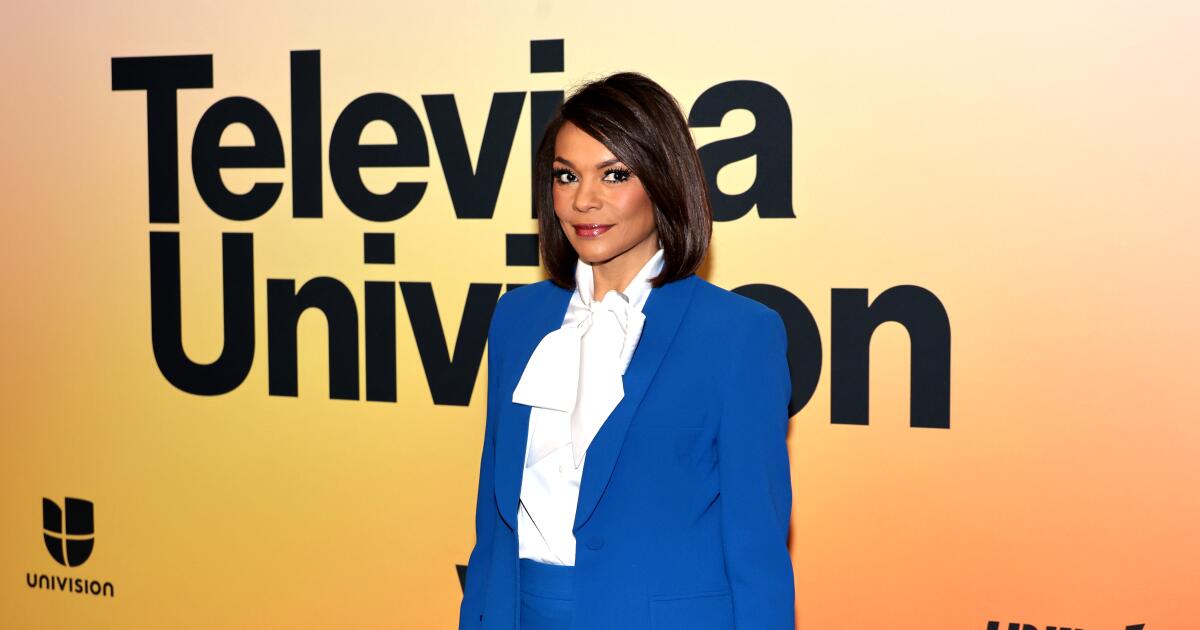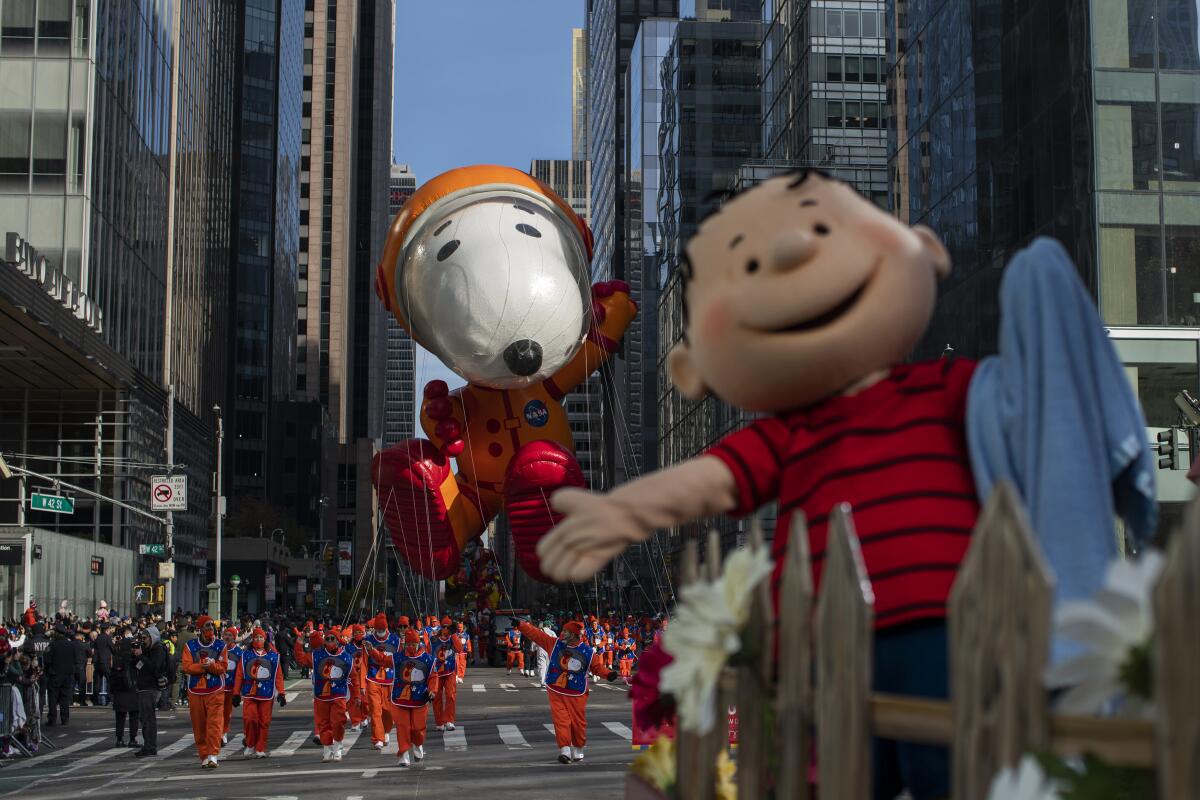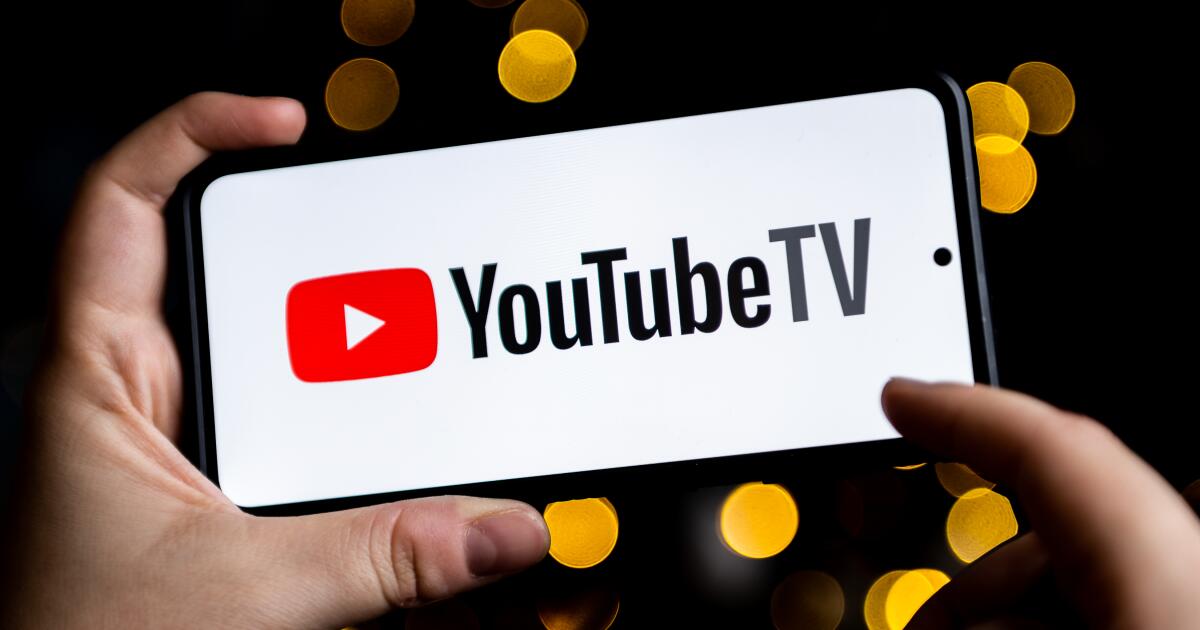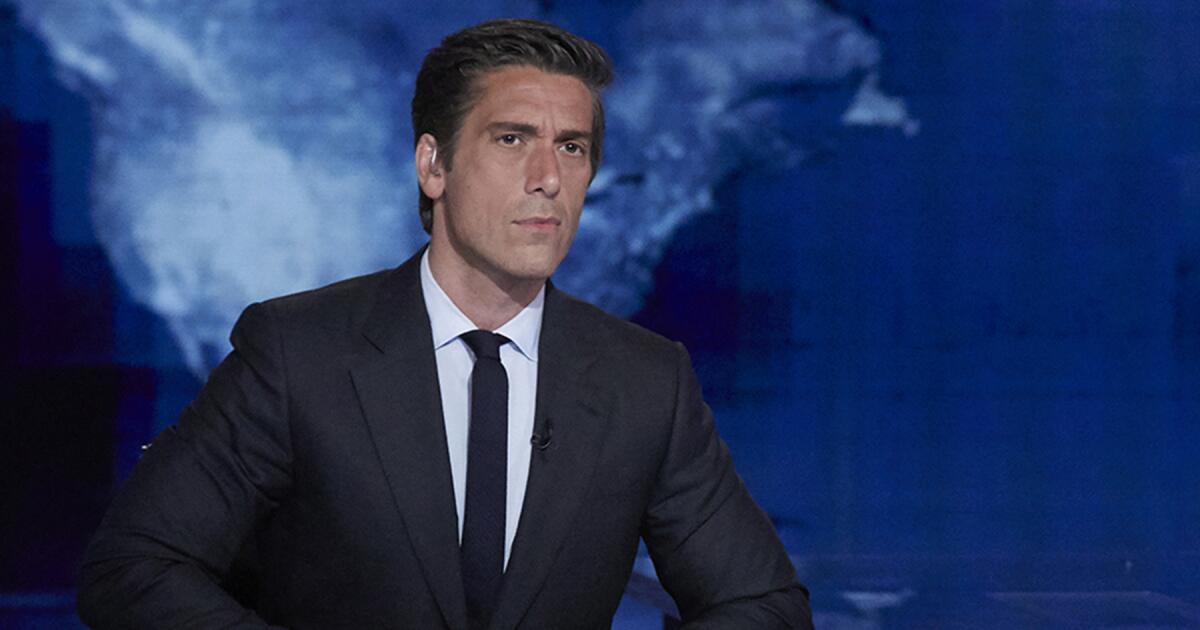YouTube TV customers are bracing for another frustrating weekend.
For the last week, YouTube TV’s 10 million subscribers have been denied access to ESPN, ABC and other Walt Disney Co. channels in a dispute that has swelled into one of the largest TV blackouts in a decade. Instead of turning on “College GameDay,” “Monday Night Football” or “Dancing With the Stars,” customers have been greeted with a grim message: “Disney channels are unavailable.”
The standoff began Oct. 30 when the two behemoths hit an impasse in their negotiations over a new distribution contract covering Disney’s channels and ABC stations.
Google, which owns YouTube, has rebuffed Disney’s demands for fee increases for ESPN, ABC and other channels. The Burbank entertainment giant has been seeking a revenue boost to support its content production and streaming ambitions, and help pay for ESPN’s gargantuan sports rights deals.
Talks are ongoing, but the two sides remain apart on major issues — prolonging the stalemate.
“Everyone is kind of sick of these big-time companies trying to get the best of one another,” said Nick Newton, 30, who lives near San Francisco and subscribes to YouTube TV. “The people who are suffering are the middle-class and lower-class people that just love sports … because it’s our escape from the real world.”
Both companies declined to comment for this article.
The skirmish is just the latest between YouTube and programming companies. Since August, Rupert Murdoch’s Fox Corp., Comcast’s NBCUniversal and Spanish-language broadcaster TelevisaUnivision have all complained that YouTube TV was trying to use its market muscle to squeeze them for concessions.
Here’s a look at what’s driving the escalating tensions:
Google’s growing clout in television
The struggle between Disney and YouTube reflects television’s fast-shifting dynamics.
Disney has long entered carriage negotiations with tremendous leverage, in large part because it owns ESPN, which is a must-have channel for legions of sports fans.
Programmers, including Disney, structured their distribution contracts to expire near a pivotal programming event, such as a new season of NFL football. The timing motivated both sides to quickly reach a deal rather than risk alienating customers.
But for Google’s parent, Alphabet, YouTube TV is just a sliver of their business. The tech company generated $350 billion in revenue last year, the vast majority coming from Google search and advertising. That gives YouTube a longer leash to hold out for contract terms it finds acceptable.
“This dispute is not that painful for Google,” said analyst Richard Greenfield of LightShed Partners, noting that YouTube TV could probably withstand “two weekends without college football, and two weeks without ‘Monday Night Football’ — as long as their consumers stay with them.”
Disney, however, depends on TV advertising and pay-TV distribution fees. The week-long blackout has already dampened TV ratings, which means less revenue for the company.
Consumers like YouTube TV
For decades, throngs of consumers loathed their cable company — a sentiment that Disney and other programmers were able to use in their favor in past battles. Customer defections prompted several pay-TV companies to find a compromise to restore the darkened TV channels and stanch the subscriber bleeding.
But YouTube is banking on a more loyal user base, including millions of customers who switched to the service from higher-priced legacy providers.
“I’ll stick this thing out with YouTube TV,” Newton said, adding that he hoped the dispute didn’t drag on for weeks.
“This is one of the problems facing Disney,” Greenfield said. “It’s been a noticeable change in tone from past carriage fee battles. If customer losses stay at a minimum, then Disney is going to be in a tough place.”
It boils down to power and money
YouTube TV is the fastest-growing television service in the U.S. Analysts expect that, within a couple of years, YouTube TV will have more pay-TV customers than industry leaders Spectrum and Comcast.
In the current negotiations, Google has asked Disney to agree to lower its rates when YouTube TV surpasses Comcast’s and Spectrum’s subscriber counts. Disney maintains that YouTube already pays preferred rates, in recognition of its competitive standing, and that Google is trying to drive down the value of Disney’s networks.
“YouTube TV and its owner, Google … want to use their power and extraordinary resources to eliminate competition and devalue the very content that helped them build their service,” top Disney executives wrote last Friday in an email to their staff.
People close to YouTube TV reject the characterization, saying the service has been a valuable partner by providing a strong service that brings Disney billions of dollars a year in distribution revenue.
“The bottom line is that our channels are extremely valuable, and we can only continue to program them with the sports and entertainment viewers love most if we stand our ground,” the Disney executives wrote in last week’s email. “We are asking nothing more of YouTube TV than what we have gotten from every other distributor — fair rates for our channels.”
Higher sports rights fees
A major reason Disney is asking for higher fees is because it’s grappling with a huge escalation in sports costs.
Disney is on the hook to pay $2.6 billion a year to the NBA, another $2.7 billion annually to the NFL, and $325 million a year for the rights to stream World Wrestling Entertainment. Such sports rights contracts have nearly doubled in the last decade, leading to the strain on TV broadcasters.
In addition, deep-pocketed streaming services, including Amazon, Apple and Netflix, have jumped into sports broadcasting, driving up the cost for the legacy broadcasters.
The crowded field also strains the wallets of sports fans, and appears to be adding to the fatigue over the YouTube TV-Disney fight.
Newton wrote in a recent Twitter post that he was spending $400 a month for his various internet, phone and TV services, including Disney+ and NFL Sunday Ticket, which is distributed by YouTube TV.
“I’m already on all the major subscriptions to watch football these days,” Newton, a third-generation San Francisco 49ers fan, said. “You need Netflix. You need Peacock, you need Amazon Prime and the list goes on and on. I’m at the point where I’m not paying for anything else.”





